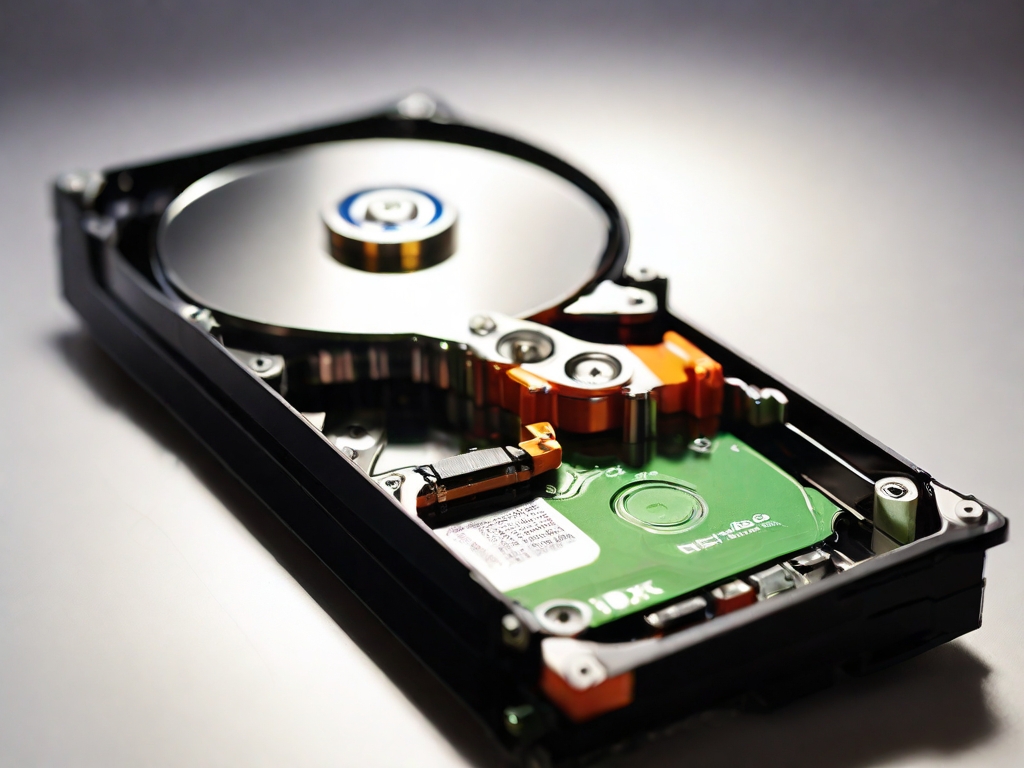ncdu disk usage Management on Linux Systems
Introduction
Efficient disk space management is crucial for Linux system administrators to ensure optimal system performance. As files and directories accumulate, monitoring disk usage becomes imperative to prevent performance degradation and maintain sufficient space for essential operations. One valuable tool for this purpose is ncdu (NCurses Disk Usage). This tutorial offers a comprehensive guide to ncdu, covering its definition, installation process, usage, and optional parameters.
What is ncdu?
Ncdu, or NCurses Disk Usage, is a command-line utility specifically designed to assist users and system administrators in analyzing and managing disk space usage on Linux systems. Unlike conventional disk usage tools like du, ncdu offers an interactive interface, facilitating easier navigation through directories and providing visual representations of space utilization.
Built upon the ncurses library, ncdu employs a text-based graphical interface within the terminal environment. This enables users to explore directories conveniently, sort files and directories by size, and delete unnecessary files directly from the interface.
Step 1 – Installing ncdu
Before utilizing ncdu, it must be installed on the system. Fortunately, most Linux distributions include ncdu in their default repositories, simplifying the installation process through the system’s package manager.
For Debian/Ubuntu-based systems:
sudo apt update
sudo apt install ncduFor Red Hat/CentOS systems:
For Red Hat-based systems, enabling the EPEL repository may be necessary to locate the ncdu package.
sudo yum install epel-release
sudo yum install ncduFor Fedora systems:
sudo dnf install ncduFor Arch Linux:
sudo pacman -S ncduUpon successful installation, ncdu is ready for use in analyzing disk usage.

Step 2 – Utilizing Ncdu
To commence disk usage analysis with ncdu, execute the command followed by the desired directory path. If no path is specified, ncdu will analyze the current working directory.
ncdu /path/to/directoryExecuting this command prompts ncdu to scan the designated directory and present an interactive interface displaying a list of files and subdirectories, accompanied by their respective sizes and the percentage of disk space they occupy.
Navigation within the interface is facilitated using the arrow keys:
- Up/Down: Navigate through the file list.
- Enter: Enter a directory.
- n: Sort by name (ascending/descending).
- s: Sort by size (largest/smallest).
- g: Toggle between displaying percentages, a graph, or both.
- d: Delete a file or directory (exercise caution).
- Press ‘q’ to exit ncdu and return to the command line.
Step 3 – Optional ncdu Parameters
Ncdu offers various command-line options that can modify its behavior or alter its output. Below are some particularly useful optional parameters:
- -x: Count only files and directories on the same filesystem as the specified directory, excluding mounted drives or network filesystems.
- -o : Export scanned data to a file for later reference with
ncdu -f filename. - -r: Enable read-only mode, disabling the ability to delete files from within the interface.
For a comprehensive list of options, refer to the ncdu man page by executing man ncdu in the terminal.
Step 4 – Advanced Usage and Tips
Beyond basic disk usage analysis, ncdu can be employed in advanced scenarios, such as scanning remote servers or checking disk usage of other users.
Scan remote directories:
Ncdu can scan remote directories over SSH using the following syntax:
ssh -C user@system ncdu -o- / | ./ncdu -f-Ensure SSH access to the remote host and ncdu installation on both local and remote machines.
Deleting Files and Directories:
Exercise caution when using this feature, as ncdu allows deletion of files and directories from within its interface. Navigate to the target file or directory and press ‘d’ to delete it.
Conclusion
Ncdu emerges as a potent and user-friendly tool for simplifying disk usage analysis on Linux systems. By furnishing an interactive interface and an array of command-line options, it empowers both novice and seasoned system administrators to efficiently manage disk space. However, like any tool capable of altering or deleting files, ncdu should be employed judiciously. Regular utilization of ncdu, coupled with sound disk management practices, ensures the smooth operation of Linux systems, devoid of space-related issues.
